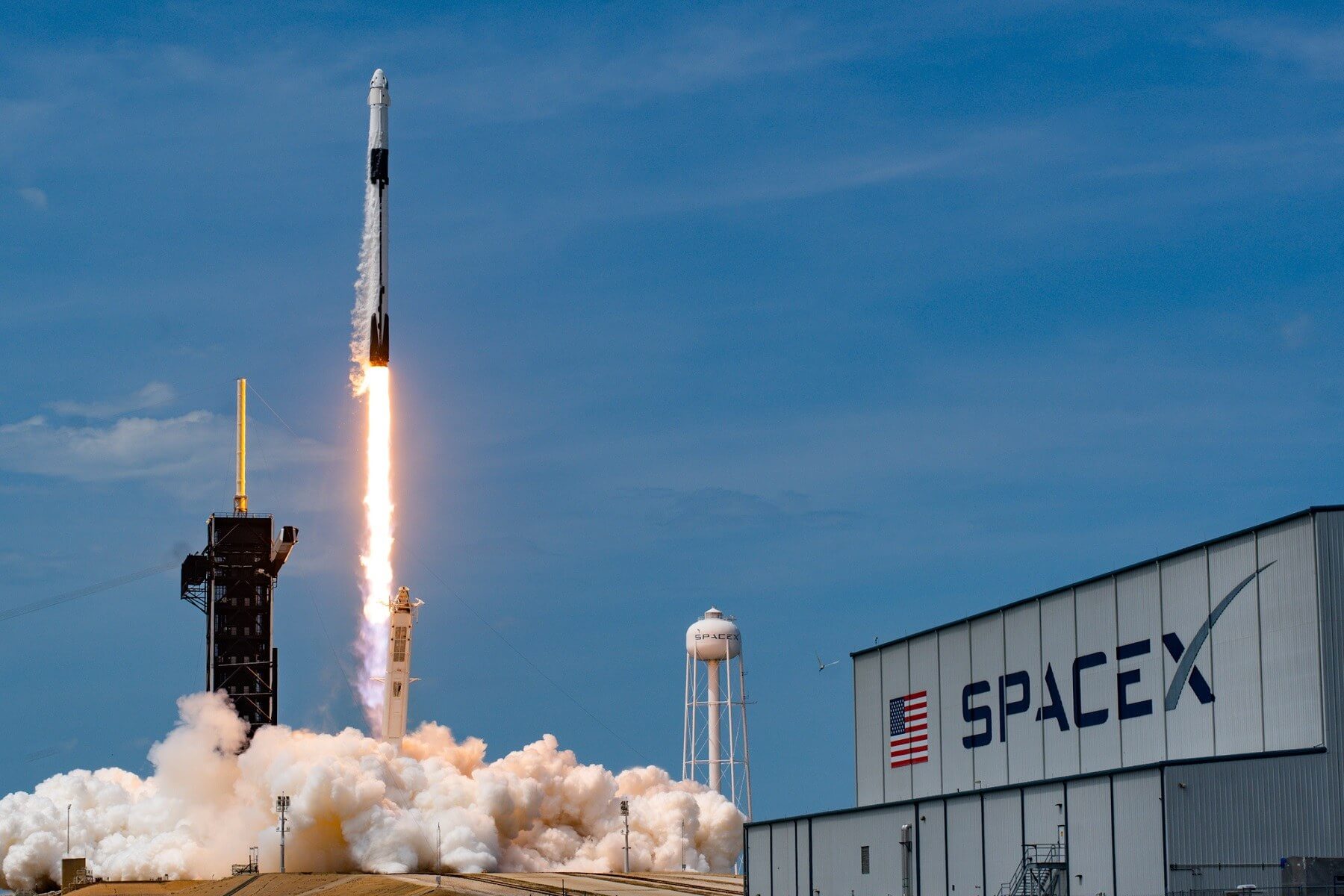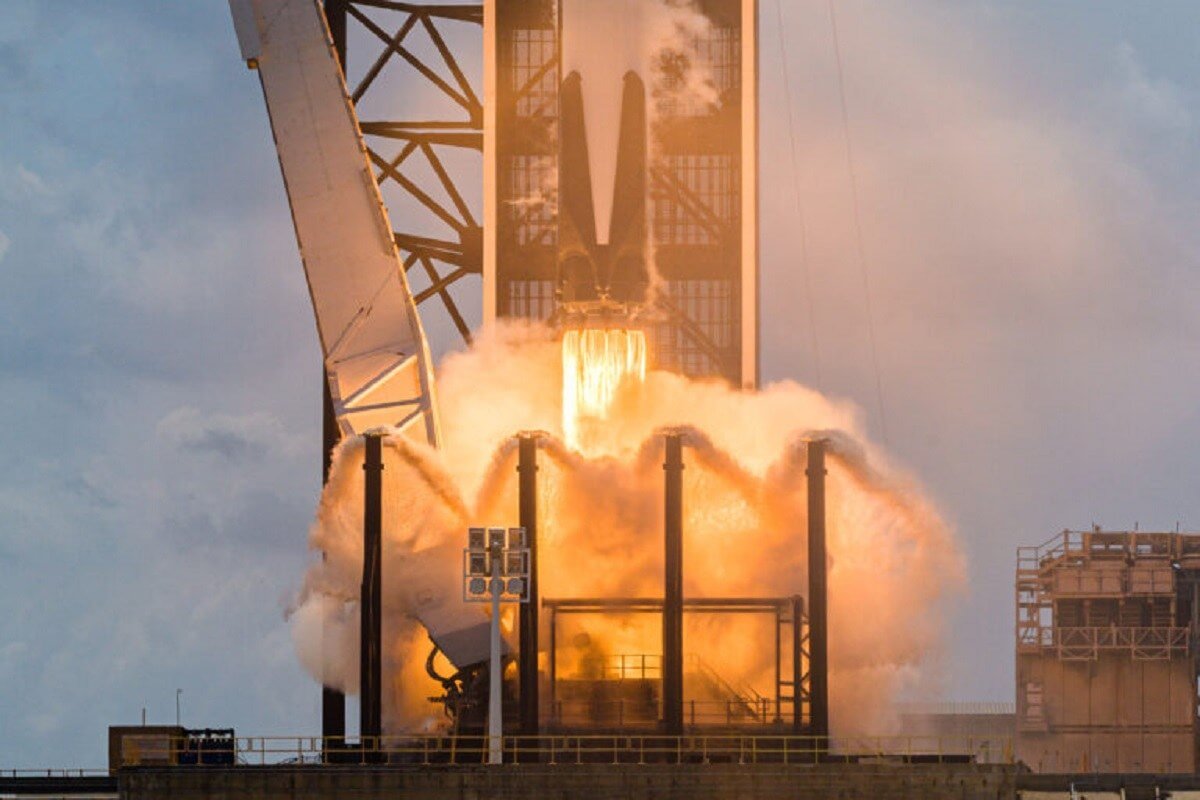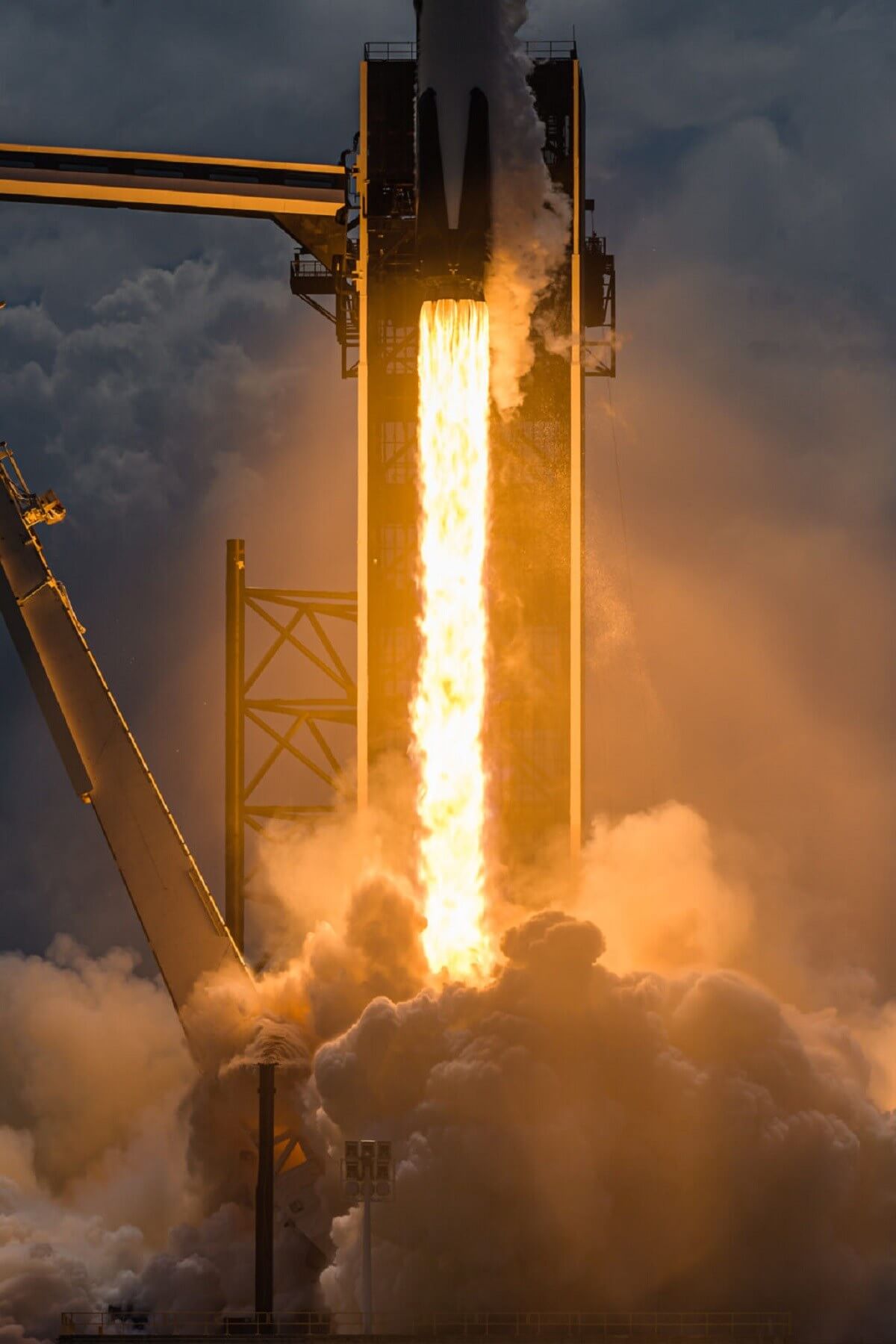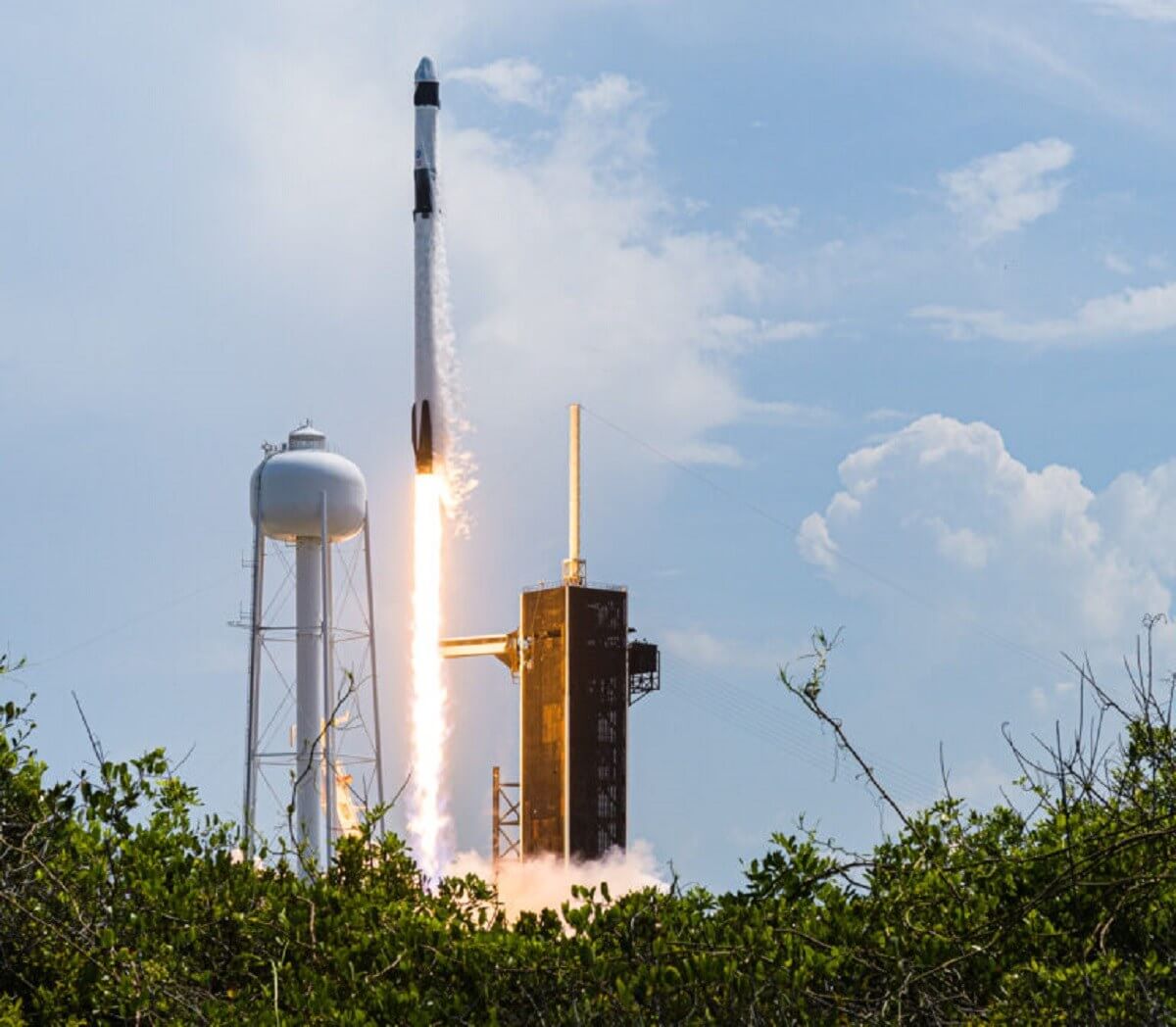Highly anticipated: SpaceX became the first commercial company to send astronauts into space on Saturday. A day after the historic launch, Doug Hurley and Bob Behnken docked with the International Space Station (ISS), joining the Russian and American crews already on board.

The Falcon Rocket 9, which carried the manned Crew Dragon capsule, was just 17 minutes away from launch on Thursday, May 28, when teams from NASA and SpaceX decided the risk posed to equipment by thunderstorms over the Cape Canaveral site was too great. The Demo-2 mission was rescheduled for Saturday, May 30, at 3:22 PM ET.

The Saturday launch went without a hitch, marking the first time in nine years—since the final flight of the Space Shuttle—that a human has been sent into orbit from US soil. GeekWire’s Kevin Lisota was at the Kennedy Space Center and captured some amazing photos using five remote cameras near the launchpad, too close for human observers.
Also read: The Moon, Mars and Beyond: The Tech Behind the New Space Race

The cameras’ shutters were triggered by the sound of the Falcon’s Merlin engines, allowing close-up shots of the launch. Make sure to check out all the images on GeekWire.

Nineteen hours after leaving the Kennedy Space Center, the Crew Dragon docked with the bow section of the ISS—a fully automated process that used SpaceX’s guidance and navigation systems.
At 13:02 ET, the doors between the Dragon and the ISS were opened, allowing Hurley and Behnken to meet up with ISS Commander Chris Cassidy and Russian cosmonauts Anatoly Ivanishin and Ivan Vagner. "When we got that hatch open, you could tell it was a brand new vehicle, with smiley faces on the other side, [a] smiley face on mine — just as if you had bought a new car, the same kind of reaction. Wonderful to see my friends and wonderful to see a brand new vehicle," said Cassidy. The new arrivals will spend between one and four months at the ISS, during which time they’ll be testing all onboard systems and giving their feedback to engineers.
This is the first time in human history @NASA_Astronauts have entered the @Space_Station from a commercially-made spacecraft. @AstroBehnken and @Astro_Doug have finally arrived to the orbiting laboratory in @SpaceX's Dragon Endeavour spacecraft. pic.twitter.com/3t9Ogtpik4
— NASA (@NASA) May 31, 2020
The return flight home will involve the Crew Dragon speeding through the earth’s atmosphere and having to endure extreme temperatures. Once it reenters the atmosphere, parachutes will be deployed, and the capsule will splashdown in the Atlantic Ocean.
While the launch was NASA’s most-watched online event ever, a lot of people who missed it live struggled to view any replays, thanks to copyright content ID bots. As reported by Ars Technica, the launch was streamed live to NASA's YouTube channel and archived, while National Geographic also covered the launch, and its footage included some of the NASA content.
By Sunday, the archived NASA footage couldn’t be viewed because of a copyright claim from National Geographic. Instead of playing the video, viewers were met with a message that read: "Video unavailable: This video contains content from National Geographic, who has blocked it on copyright grounds."
NASA quickly got involved, contacting both YouTube and National Geographic, and by 09:30 ET yesterday, the issue had been resolved.
https://www.techspot.com/news/85461-making-history-spacex-launch-iss-dock-false-copyright.html